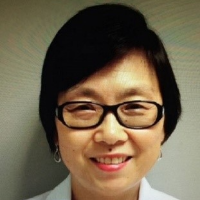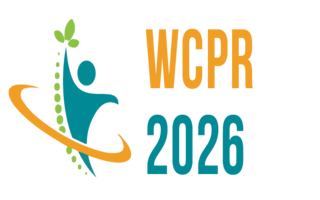3rd World Congress on
Physical Medicine and Rehabilitation
March 26-27, 2026 | Osaka, Japan
Address: 1 Chome-9-15 Shinkitano, Yodogawa Ward, Osaka, 532-0025, Japan.
WCPR 2026

Rocky Vista University, USA
Abstract:
Quantitative ultrasound (QUS) is an emerging imaging technique that meets unmet clinical need in developing quantitative methods in rehabilitation. We performed QUS of muscles on adult healthy subjects and patients with post-stroke spasticity, Parkinson’s rigidity, and non-specific chronic neck pain after obtaining IRB approval and informed consent. We measured QUS markers (backscatter intensity on B-mode image, shear wave velocity on shear wave elastography, and strain ratio on ultrasound strain imaging) in normal muscles and affected muscles with spasticity, rigidity, and hypertonicity before and after treatments (BoNT-A, Levodopa, or osteopathic manipulative treatment). Differences in QUS markers between normal and affected muscles, and those affected muscles before and after treatment were analyzed using two-tailed paired t-test. Intra- and inter-observer reliability of performing QUS was analyzed using intraclass correlation coefficient (ICC). We observed significant differences in QUS parameters between normal and affected muscles (p <0.01). We also noted significant changes in QUS parameters after treatment compared to that measured before the treatment (p <0.01). Intra- and inter-observer reliability of performing QUS was moderate to good (ICC >0.85). Study results suggest that QUS are feasible to assess changes in muscle mechanical properties associated with hypertonicity, rigidity, and spasticity in patients with neuromuscular disorders and chronic neck pain. QUS can also evaluate the effectiveness of treatment for those conditions. The affected muscles are stiffer in patients with stroke, Parkinson’s disease, and pain than normal muscles. The affected muscles become softer after the treatment. QUS provides non-invasive and quantitative imaging biomarkers in rehabilitation
Biography:
Jing Gao is the Professor and Director of Ultrasound at Rocky Vista University (RVU) and the Fellow at American Institute of Ultrasound in Medicine (AIUM). She completed her medical education and residency in 1984 and came to the US in 1989 after working as attending physician in diagnostic ultrasound. She worked in clinical ultrasound services and research at Weill Cornell Medicine for 27 years before joining the RVU. She has published one book and 100 articles. She is serving as an editorial board member for journals of Clinical Imaging, Journal of Ultrasound in Medicine, and Ultrasound in Medicine and Biology.
